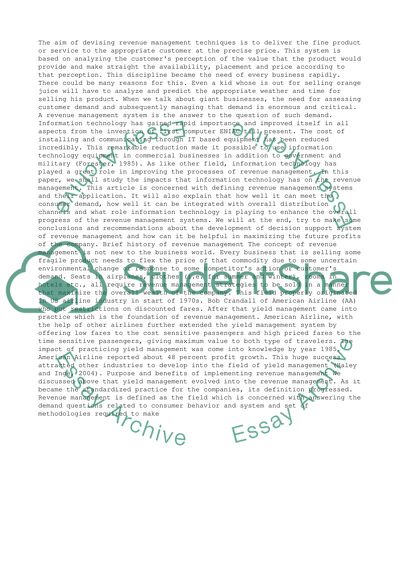Cite this document
(“Impact of information technology on Revenue management Research Paper”, n.d.)
Retrieved from https://studentshare.org/management/1411104-impact-of-information-technology-on-revenue-management
Retrieved from https://studentshare.org/management/1411104-impact-of-information-technology-on-revenue-management
(Impact of Information Technology on Revenue Management Research Paper)
https://studentshare.org/management/1411104-impact-of-information-technology-on-revenue-management.
https://studentshare.org/management/1411104-impact-of-information-technology-on-revenue-management.
“Impact of Information Technology on Revenue Management Research Paper”, n.d. https://studentshare.org/management/1411104-impact-of-information-technology-on-revenue-management.


